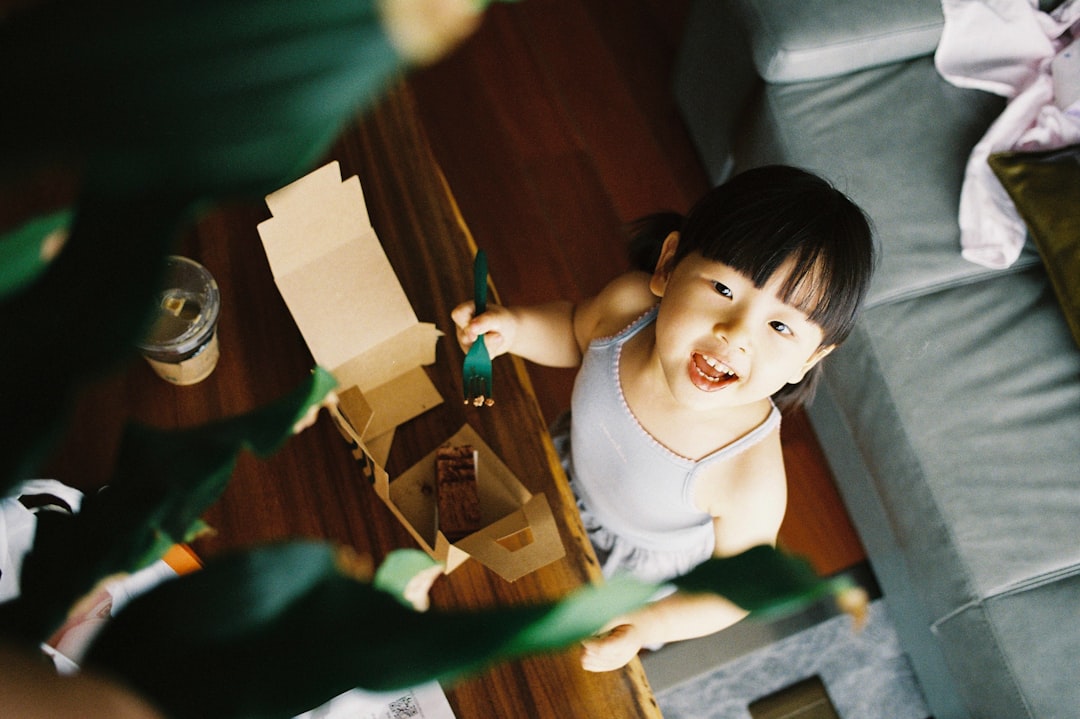Parenting comes with its share of challenges, especially when it comes to discipline. Modern parents increasingly wonder how to guide children’s behavior without resorting to punishments that leave lasting negative effects. If you’ve ever searched for “discipline without punishment,” you’re not alone—and you’re already one step toward fostering a more positive family dynamic. This guide explores effective, compassionate strategies for discipline rooted in respect, understanding, and long-term behavioral growth.
Why Move Away From Punishment? Understanding the Shift
Many parents reflect on their own childhood and recall punishments—timeouts, grounding, or even harsher measures. However, research in child development and psychology shows that traditional punishment often only stops behavior in the short term, without addressing underlying causes or teaching better alternatives. Worse, it can erode trust and emotional connection.
- Short-Term Results: Punishment may stop a behavior temporarily, but doesn’t help children learn self-regulation.
- Emotional Fallout: Repeated punitive discipline can damage self-esteem and strain parent-child relationships.
- Missed Opportunities: Punishment skips valuable moments for teaching empathy, problem-solving, and responsibility.
What Is Discipline Without Punishment?
Discipline without punishment focuses on teaching instead of punishing. It emphasizes guidance, boundaries, and connection, aiming to help children learn the why behind expectations and empowering them to make better choices.
- Guidance Over Control: Helping children understand and grow from mistakes.
- Respect for the Child: Preserving a child’s dignity and nurturing mutual respect.
- Teaching Skills: Supporting emotional regulation, empathy, and self-discipline.
Key Strategies for Positive Discipline
Shifting away from punishment doesn’t mean letting children run wild. Instead, it’s about using proven strategies to set limits and support healthy development.
1. Set Clear, Consistent Expectations
Children thrive with structure. Be clear and proactive about family rules—ideally, discuss them before misbehavior occurs.
- Use simple, age-appropriate language
- Repeat and reinforce expectations often
- Get input from your child when appropriate—collaborative rule-making encourages buy-in
2. Use Natural and Logical Consequences
Let the world teach where appropriate. For example, if a child refuses to wear a raincoat, they may get wet and learn naturally. Logical consequences, on the other hand, are directly related to the behavior (e.g., cleaning up a mess they made).
- Natural consequences happen on their own and are linked with the behavior
- Logical consequences are set by you, but should be fair, direct, and respectful
3. Validate Feelings While Holding Boundaries
Discipline without punishment doesn’t mean ignoring misbehavior. You can acknowledge your child’s emotions while firmly maintaining limits:
- “I see you’re angry, and it’s OK to feel that way. But it’s not OK to hit.”
- “You’re disappointed you can’t have more screen time. We agreed to 30 minutes, and our time is up.”
4. Teach Problem-Solving Skills
When a conflict arises, involve your child in finding solutions. This can look like:
- Identifying the problem together
- Brainstorming possible solutions
- Choosing a solution to try next time
This collaborative process builds skills your child will use for life.
5. Focus on Positive Reinforcement
Catching your child being good is one of the strongest tools in positive discipline. Recognize effort, not just outcomes, to encourage desired behaviors:
- “I noticed you shared your toys with your sister—that was generous.”
- “Thank you for helping set the table without reminders.”
6. Offer Choices When Possible
Providing choices lets children feel control and investment in the process. Even simple decisions (which book to read, which shirt to wear) encourage cooperation.
Key tip: Make sure all choices are acceptable to you—never offer an option you can’t live with!
Common Discipline Challenges—and Peaceful Responses
Every family encounters discipline hurdles. Here’s how to handle some common issues, punishment-free:
Toddlers Throwing Tantrums
- Stay calm and present; keep your child safe
- Wait out the storm before addressing behavior
- Debrief when everyone is calm: label emotions, discuss better ways to express big feelings
Kids Refusing to Listen
- Use eye contact and gentle physical touch
- Make requests positive and specific (e.g., “Please put your shoes by the door” vs. “Don’t leave your shoes everywhere”)
- Check your expectations: Are you asking something age-appropriate?
Sibling Fights
- Coach children to express their needs respectfully
- Encourage them to listen to each other’s point of view
- Guide, rather than force, solutions
- Reinforce positive interactions when they occur
What About Timeouts and Taking Privileges Away?
Some tools like timeouts can be controversial. While a brief cooldown can help an overwhelmed child reset, using it as a threat or isolation can feel like punishment. If you use timeouts, make them about helping your child calm down—not about shame. Stay nearby, offer comfort, and discuss next steps together.
Removing privileges should be handled with care. Instead of random or unrelated lost privileges, connect consequences to the behavior (e.g., turning off the TV if they misuse remote, not for unrelated school issues).
Sample Phrases for Discipline Without Punishment
Words matter. Here are real-life scripts you can adapt to your family:
- “I need you to…” (instead of “Stop doing…”)
- “When you’re ready, we can talk about this together.”
- “Let’s figure out a way to fix this.”
- “It’s OK to be upset; what can we do next time?”
Does Positive Discipline Really Work?
Yes—but it takes consistency, patience, and self-reflection. Studies suggest children disciplined with respect and connection are more likely to become self-disciplined, responsible, and empathetic. Many parents see fewer power struggles and deeper trust over time. The shift can feel slow at first—especially if your children (or you) are used to more punitive approaches—but the long-term rewards are worth the patience invested.
Tips for Getting Started
- Reflect on Triggers: Notice what situations lead to struggles and prepare alternatives.
- Model Self-Regulation: Children learn most by watching. Narrate your own calm-down strategies out loud.
- Repair Mistakes: If you slip into old patterns and punish, apologize and reset. This models accountability.
- Join Your Child’s World: Play, connect, and empathize to understand their perspective better.
Addressing Parental Doubts and Challenges
It’s normal to worry that discipline without punishment might lead to lack of respect or chaos. But research and real parent experiences show the opposite—when discipline is rooted in empathy and teaching, children internalize values more deeply. If you’re met with skepticism from family or friends, remind them that positive discipline isn’t permissive parenting—it’s engaged, intentional, and informed by what benefits children most developmentally.
Conclusion: The Power of Connection in Discipline
Discipline without punishment isn’t about letting children misbehave—it’s about believing in your child’s capacity for growth and choosing tools that foster trust, respect, and lifelong skills. You won’t be perfect, and neither will your child, but every small shift toward positive discipline is a deposit in your relationship. Over time, you’ll see that when kids feel understood and guided—not punished—they’re more likely to cooperate, problem solve, and blossom into confident, compassionate adults.
Remember: The most powerful discipline tool you have is your connection. Lead with empathy, hold clear boundaries, and trust the process. Kinder discipline doesn’t just change child behavior—it strengthens the entire family.




